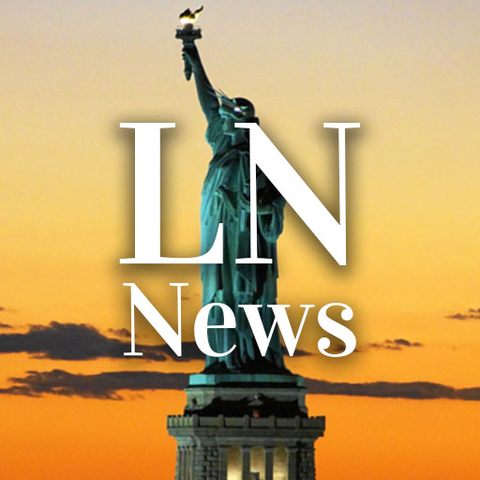



It was surprisingly a quiet week for President Donald Trump’s trade agenda. Economists digested new inflation data that suggested foreigners are eating the tariffs. Global financial markets also welcomed the administration’s agreement with Indonesia, which could offer a glimpse into how the United States is negotiating deals to open foreign markets for US exporters and products.
In addition to the June Consumer Price Index and Producer Price Index, market watchers garnered insights into how prices are functioning at America’s ports.
A good example of this is Japan and its automakers, which have endured 25% levies on cars and auto parts. Japanese automobile export prices declined nearly 20% year-over-year last month, according to the Bank of Japan’s corporate goods index, the sharpest drop in almost a decade. At the same time, vehicle shipment volumes have barely budged this year. Ultimately, automakers in the world’s fourth-largest economy are sacrificing their profit margins to maintain their 30% market share in the United States.
It was comparable to what transpired during President Trump’s first term. Many businesses absorbed higher tariff-related costs. Despite the increase in the producer price index, which measures the cost of goods and services to firms early in the supply chain, little of it was reflected in aggregate consumer inflation data.
It is worth noting, however, that prices did rise for specific products, such as washing machines. At the same time, the economy of 2018-2019 was significantly different from today’s economic landscape. For one thing, the country did not experience 20% inflation over three years, meaning that businesses are apprehensive about passing higher costs from tariffs onto their customers.
Liberty Nation depends on the support of our readers. Donate now!
The question then becomes: How much longer can foreign companies afford to absorb the tariffs? This is the $64,000 question that can only be answered by the terms and conditions of the White House’s trade agreements, consumers’ appetite for goods and services, and whether importers will continue to buy from abroad.
The Federal Reserve’s latest Beige Book, a periodic report summarizing economic conditions across the central bank’s 12 districts, suggests businesses have raised prices at a modest pace. Still, like other surveys, firms are reluctant to hike costs out of fear of perturbing price-sensitive customers.
For now, all the president’s men and women can cheer on foreigners paying the tariffs.
On July 15, President Trump announced a new trade agreement with Indonesia on Truth Social. “Great deal, for everybody, just made with Indonesia. I dealt directly with their highly respected President,” he wrote.
Later, speaking to the press, Trump confirmed some details of the bilateral trade deal. Indonesian goods entering the United States would be subject to a 19% tariff, significantly lower than the rate of 32% on Liberation Day. In exchange, Indonesia will offer full tariff-free access for US exports, including agriculture ($4.5 billion), energy ($15 billion), and 50 Boeing aircraft, mostly 777s.
Comparable to Vietnam, Indonesia is required to halt transshipment activities. This is a common practice employed by China, relying on third-party countries to avoid US tariffs. The incentive for Indonesia is enormous, as it will enjoy one of the lowest tariff rates in the region, thereby garnering a competitive advantage in key shipments such as apparel and electronics.
Trump and his team have repeatedly touted that many trade deals are in the pipeline, notably with India and Bahrain. Still, US trade negotiators, administration staff, and the president will be busy heading into the widely anticipated August 1 deadline. Trump told reporters on July 16 that he plans to send tariff letters to more than 150 countries, notifying these governments of their rates.
Put simply, according to the president, the United States will likely “live by the letter” when it comes to tariffs. In other words, keep refreshing Trump’s Truth Social page.
